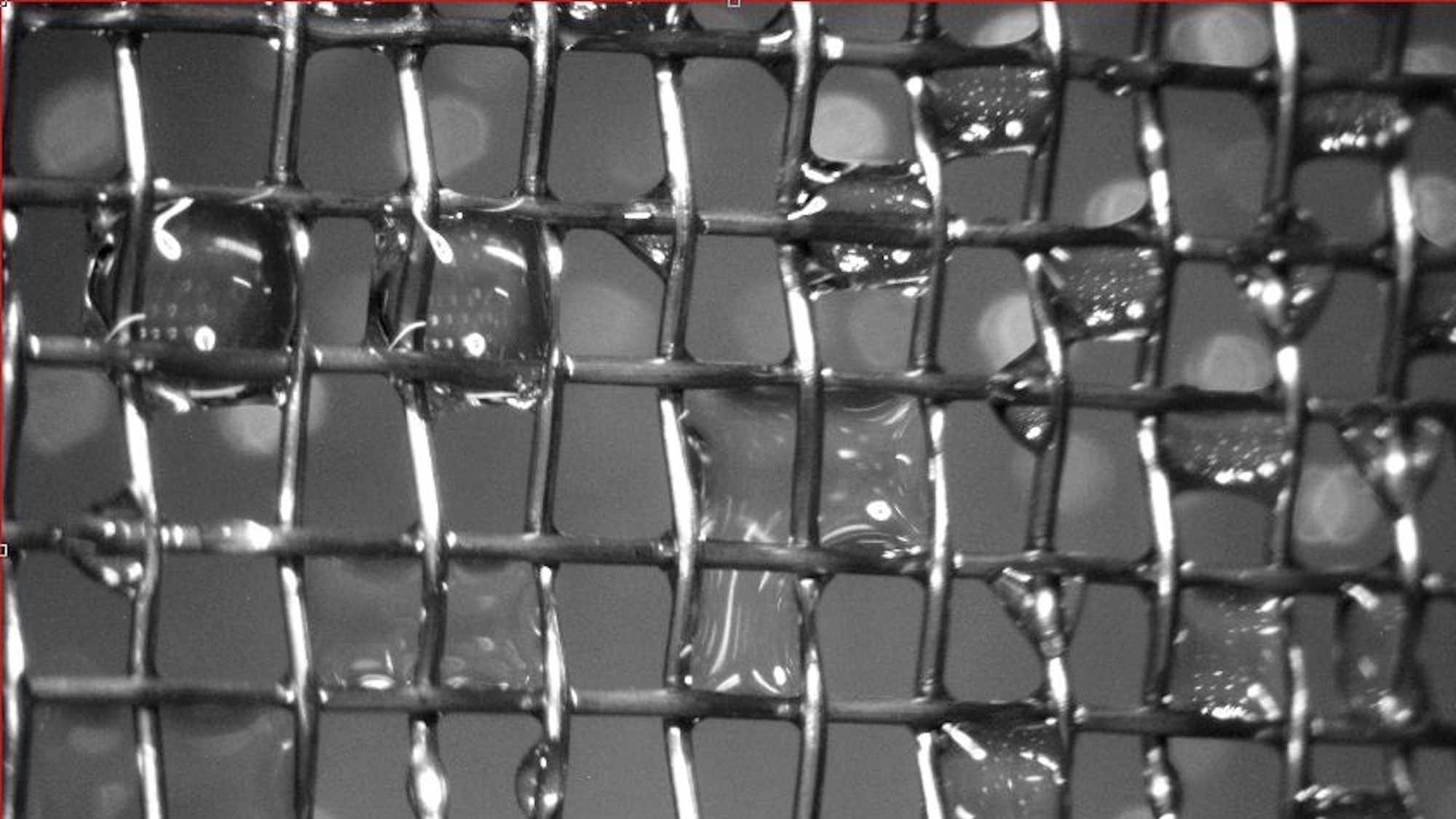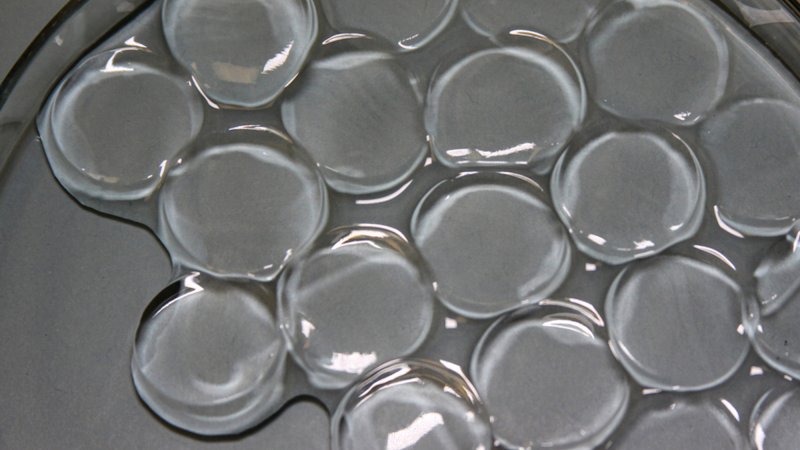

It’s relatively easy to collect water via harvesting fog—in fact, only a few square meters of meshing can collect upwards of several hundred liters of liquid per day. In many cities, however, these reservoirs of water are often contaminated by atmospheric pollution, thus rendering them unfit for cooking or drinking.
Instead of relying on additional, and in many cases costly, cleaning methods, researchers recently considered the feasibility of an all-in-one fog moisture harvester and purifier. What resulted is an extremely promising, effective, and simple creation that not only offers users potable water, but potentially could clean up power plants’ steam emissions.
As detailed on August 16 in Nature Sustainability, a team of scientists has designed a closely knit metal lattice coated with a mix of polymers and titanium dioxide. The slick polymer component ensures water droplets can quickly collect and trickle down the net, while the titanium dioxide serves as a chemical catalyst to break down organic pollutant molecules.
[Related: Urban water crises often boil down to classism.]
To test out their design, the team artificially generated fog within a laboratory in Zurich which housed the new meshing. According to their measurements, their installation collected 8 percent of the ambient air’s moisture, while the titanium dioxide neutralized roughly 94 percent of added organic compounds. These extra pollutant molecules included both diesel droplets, as well as bisphenol A (BPA), a hormonally active agent most commonly found in everyday plastics.
“Our system not only harvests fog but also treats the harvested water, meaning it can be used in areas with atmospheric pollution, such as densely populated urban centers,” Ritwick Ghosh, an interdisciplinary social scientist at the Max Planck Institute for Polymer Research and one of the project’s researchers, said in a statement.
As an added bonus, the technology requires ostensibly zero maintenance or artificial power source. Instead, UV light reactivates the titanium oxide in a process known as photocatalytic memory. According to researchers, approximately 30 minutes of exposure to sunlight is enough to keep the titanium oxide activated for a full 24 hours—an important time ratio, given areas of extreme fog (unsurprisingly) don’t experience much sunlight.
The team’s new mesh isn’t limited to smaller scale use—researchers, including project lead Thomas Schutzius, envision installing the technology in power plants’ cooling towers. “In the cooling towers, steam escapes up into the atmosphere. In the United States, where I live, we use a great deal of fresh water to cool power plants,” Schutzius explained. “It would make sense to capture some of this water before it escapes and ensure that it is pure in case you want to return it back to the environment.” The researchers’ design performed equally as well at both small settings, as well as within a pilot plant environment, implying both personal and large scale solutions are possible in the future.







